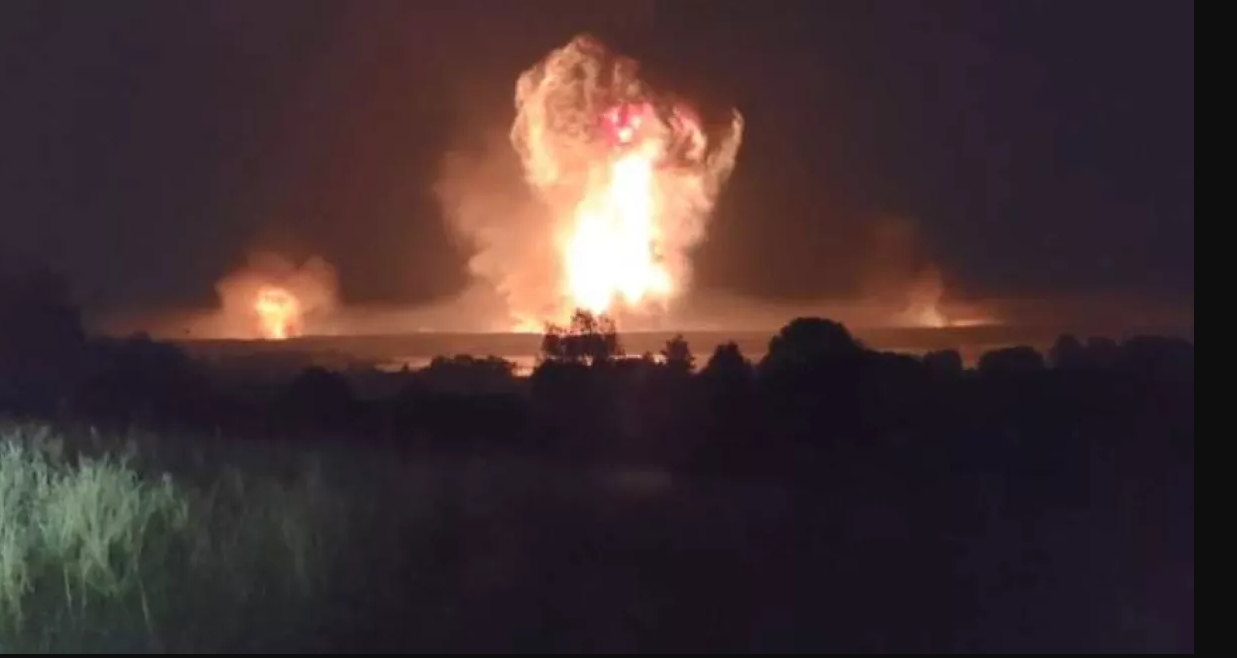Kazan drone attack: The recent incident in Kazan involving drones has sparked intense debate and speculation. This event, shrouded in uncertainty regarding perpetrators and motives, demands a thorough examination of the technological aspects, geopolitical implications, and public response. Understanding the complexities surrounding this attack is crucial for assessing its significance and informing future security measures.
This analysis delves into the specifics of the alleged drone attack, exploring the potential types of drones employed, their navigation systems, and the countermeasures currently in place. Furthermore, we will examine the broader political ramifications, including potential motives and the reactions of governments and international bodies. The public’s response and the media’s portrayal of the event will also be critically assessed.
The recent drone attack on Kazan highlights the evolving nature of modern warfare, showcasing the potential for unmanned aerial vehicles to inflict damage. This contrasts sharply with the more celebratory use of drones, such as those featured in the impressive displays at the florida drone show , which demonstrate their potential for entertainment and spectacle. Ultimately, the Kazan incident underscores the urgent need for robust counter-drone technologies to mitigate such threats.
The Kazan Drone Attack: An Analysis
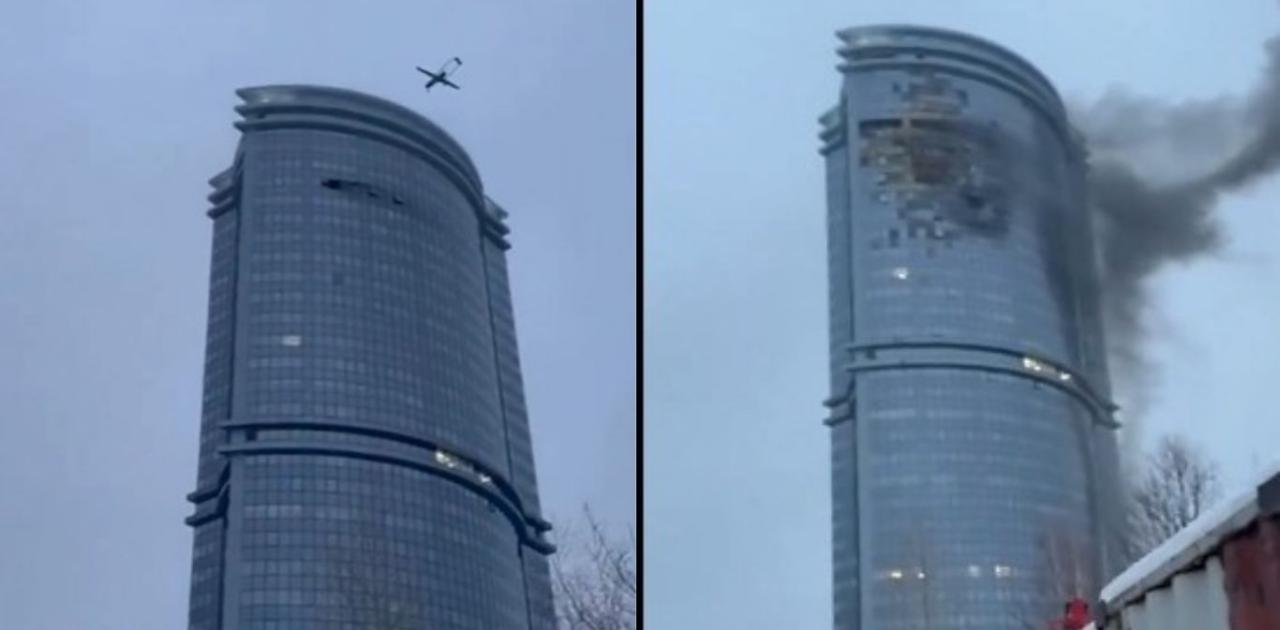
The alleged drone attack on Kazan, Russia, has sparked significant interest and raised numerous questions regarding the incident’s circumstances, technological aspects, geopolitical implications, public response, and necessary security enhancements. This analysis delves into each of these key areas, offering a comprehensive overview of the event and its ramifications.
Event Overview: The Kazan Drone Attack
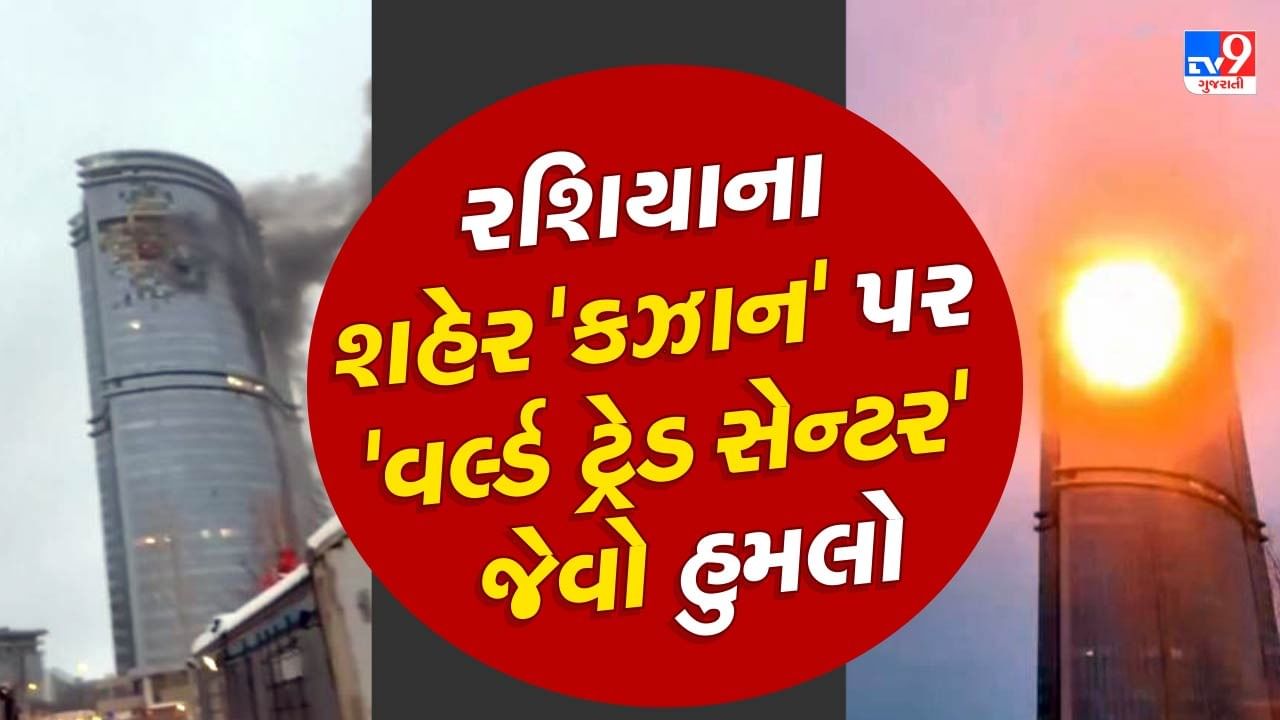
Reports emerged of a drone attack targeting Kazan, a major city in Tatarstan, Russia. While the exact details remain under investigation, initial reports suggest multiple drones were involved, possibly targeting civilian and/or infrastructural areas. The reported damage ranged from minor property damage to potential injuries, though official casualty figures remain uncertain and often contradictory across various news outlets. The timeline of events begins with the initial reports surfacing on social media and quickly spreading through various news channels.
Subsequent investigations by authorities are ongoing, with conflicting statements emerging from official and unofficial sources, leading to ambiguity in the confirmed facts.
| Actor | Alleged Role | Evidence Presented | Source |
|---|---|---|---|
| Unknown Actors | Drone Operation & Attack Execution | Visual evidence (drone footage, security camera recordings), witness testimonies, debris analysis. | Social Media, News Reports, Official Statements (if available) |
| Russian Authorities | Investigation and Response | Official statements, press conferences, investigative reports. | Government Press Releases, News Agencies |
| International Organizations | Monitoring and Potential Response | Statements of concern, calls for investigation, potential sanctions. | UN, NATO, EU statements |
| Cybersecurity Firms | Analysis of potential hacking/control methods | Technical analysis reports | Private sector reports |
Technological Aspects of the Attack
The drones used in the alleged attack likely varied in size, range, and payload capacity. Smaller, commercially available drones could have been employed for reconnaissance or minor attacks, while larger, military-grade drones might have been used for more significant damage. Navigation and targeting could have involved GPS coordinates, pre-programmed flight paths, or even real-time remote control. The detection and countermeasures deployed could have ranged from basic radar systems to sophisticated anti-drone technologies.
- Potential Drone Types: Small quadcopters for reconnaissance, larger fixed-wing drones for longer ranges and heavier payloads.
- Navigation and Targeting: GPS, pre-programmed waypoints, manual remote control, potentially aided by AI or image recognition.
- Detection and Countermeasures: Radar systems, electronic jamming, net-based capture systems, directed energy weapons.
Comparison with similar drone attacks globally:
- Ukraine Conflict: Widespread use of various drone types for both offensive and reconnaissance purposes, showcasing diverse technological capabilities and countermeasures.
- Other Conflicts/Incidents: Attacks in various regions demonstrate the evolving capabilities of drone technology and the challenges in effective countermeasures.
Political and Geopolitical Implications
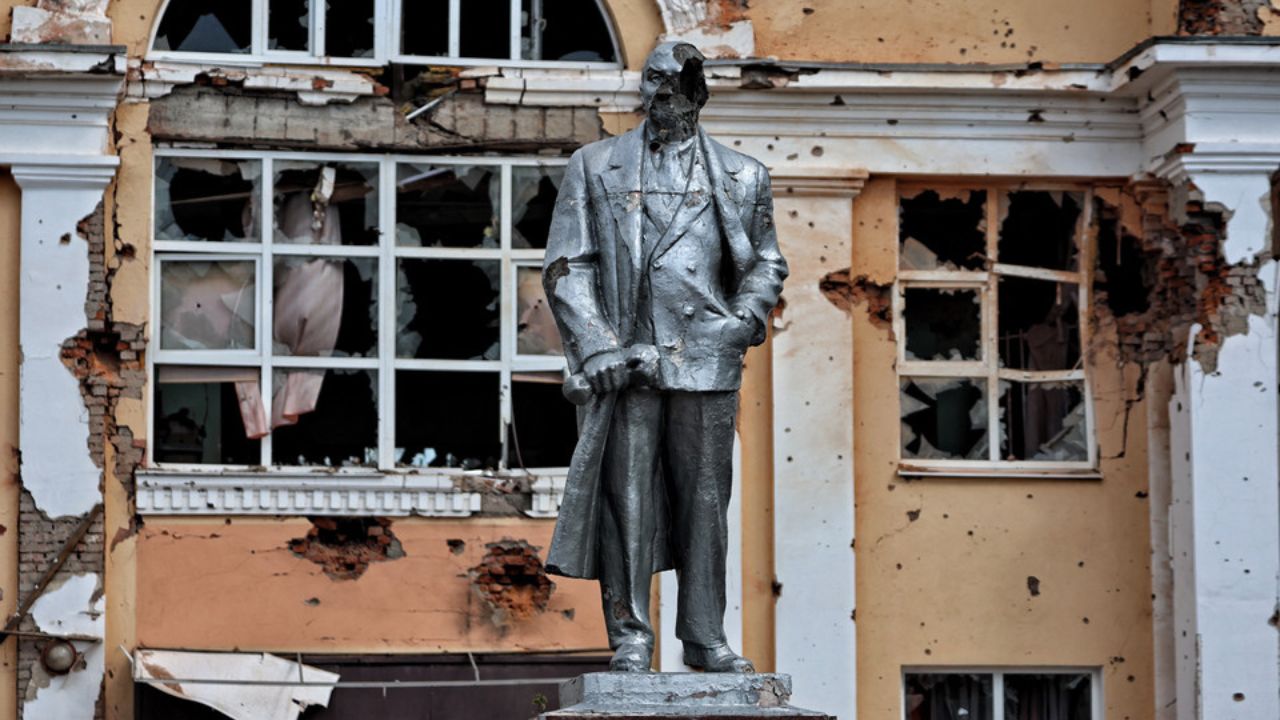
The motives behind the alleged attack remain unclear, but several geopolitical factors could be considered. These include potential expressions of dissent, attempts to destabilize the region, or actions by external actors seeking to escalate tensions. The event’s impact on regional stability and international relations is significant, potentially leading to increased security measures and heightened tensions.
- Potential Motives: Political dissent, territorial disputes, foreign interference.
- Impact on Regional Stability: Increased security concerns, potential for escalation.
- International Response: Investigations, sanctions, diplomatic pressure.
Potential short-term and long-term consequences:
- Short-Term: Increased security measures, heightened tensions, international condemnation.
- Long-Term: Investment in advanced drone defense technologies, potential shifts in regional power dynamics.
Public Response and Media Coverage
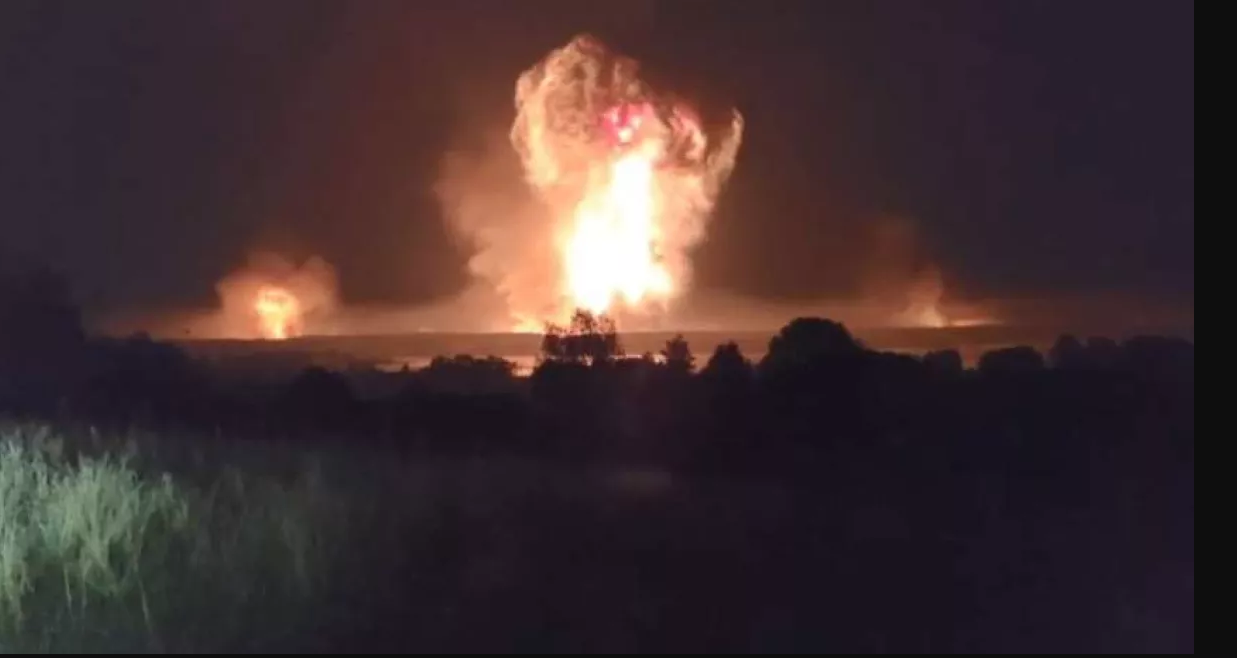
Public reaction to the alleged attack in Kazan and surrounding areas has been varied, ranging from fear and concern to anger and calls for stronger security measures. Media coverage has been extensive, though inconsistencies and potential biases have emerged across different news outlets. Social media discussions have reflected a mix of opinions, with some supporting the government’s response and others expressing skepticism or criticism.
Visual Representation of Public Sentiment: A heatmap could illustrate the geographic distribution of public sentiment, with warmer colors representing areas with higher levels of concern or anger, and cooler colors indicating areas with less intense reactions. The intensity of color could also reflect the volume of social media posts or news articles originating from that area. This visualization would help to understand the spread and intensity of public reaction across different regions.
Security and Countermeasures
Existing security measures in Kazan and other Russian cities likely include surveillance systems, security personnel, and some anti-drone technologies. However, the alleged attack highlights weaknesses in the existing infrastructure, indicating a need for improved detection and countermeasures. Recommendations include investing in advanced sensor systems, developing more effective jamming technologies, and improving coordination between security agencies.
| Recommendation | Justification | Implementation Cost | Potential Effectiveness |
|---|---|---|---|
| Deployment of advanced radar systems | Improved detection range and accuracy | High | High |
| Investment in drone jamming technology | Disrupts drone communication and control | Medium | Medium-High |
| Improved coordination between security agencies | Faster response times and more effective countermeasures | Low | Medium |
| Public awareness campaigns | Educate citizens about drone threats and safety measures | Low | Medium |
The Kazan drone attack serves as a stark reminder of the evolving nature of modern warfare and the vulnerabilities inherent in even seemingly secure environments. While the precise details remain unclear, the incident underscores the urgent need for enhanced security protocols and the development of more sophisticated counter-drone technologies. Further investigation is essential to fully understand the motivations behind this attack and to prevent similar incidents from occurring in the future.
The long-term consequences, both domestically and internationally, remain to be seen, demanding ongoing vigilance and proactive security measures.
Clarifying Questions
What type of damage was reported?
Reports vary, but some sources mention property damage. Precise details are still emerging.
Were there any casualties?
The recent drone attack on Kazan raises concerns about escalating tensions in the region. This incident follows a pattern of similar attacks, including the significant series of Ukrainian drone strikes against Russian targets, as detailed in this report on ukraine drone attack on russia. Understanding the context of these broader Ukrainian actions helps to analyze the motivations and potential implications behind the Kazan attack.
Information on casualties is currently limited and unconfirmed.
Who is suspected of being behind the attack?
No definitive conclusions have been reached regarding the perpetrators.
The recent drone attack on Kazan highlights the evolving nature of modern warfare, showcasing the potential for both destructive and spectacular uses of unmanned aerial vehicles. This contrasts sharply with the more celebratory applications, such as the impressive displays seen at events like the florida drone show , which demonstrates the technology’s potential for entertainment and artistic expression.
Ultimately, the Kazan incident underscores the critical need for responsible development and deployment of drone technology.
What is the current official response?
Official statements are still being released and the situation is actively being investigated.
